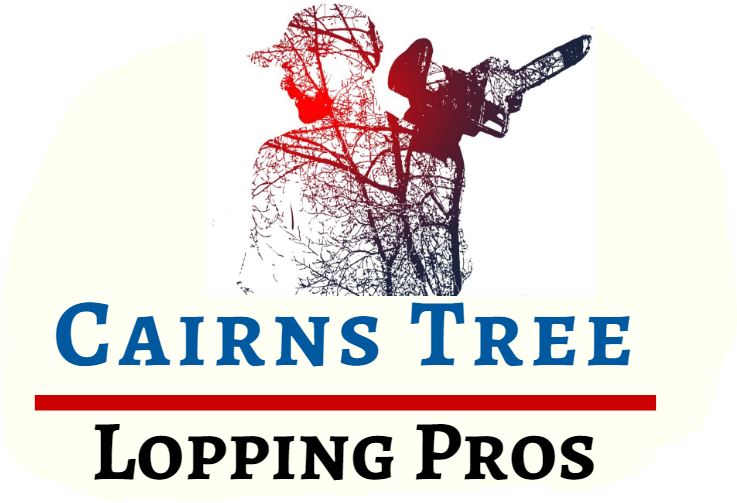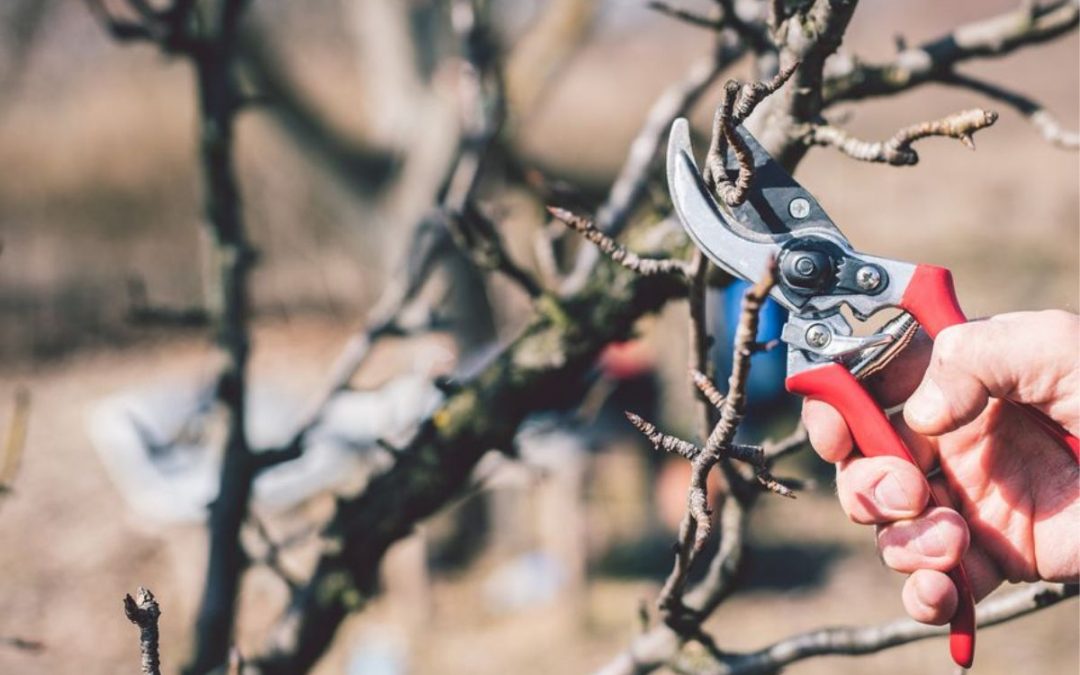Table of Contents
The Advantages of Winter Pruning
Have you ever been confused about how to care for your trees? Perhaps you’ve seen withering leaves or that your tree isn’t growing or developing as well as you planned. It’s time to think about pruning. Pruning in late winter or early spring is a wonderful approach to maintain both young and mature trees healthy. To begin with, it protects you, your family, and your property from different hazards such as infections and falling branches. Pruning is also an essential aspect of any long-term tree maintenance strategy.
What Exactly Is Tree Pruning?
Pruning is the procedure of removing portions of a tree’s branches carefully. Pruning eliminates any damaged or weak branches. You may foster new and healthy growth in your trees by pruning them.
When Should You Prune Your Trees?
In a nutshell, you should do it throughout the winter. When the temperature gets cold, most trees become dormant. As a consequence, the tree suffers less damage, and experts can see what they’re doing more clearly. Trees also recover rapidly, so at the conclusion of the winter season, you’ll be met with a healthy tree.
What Are the Advantages of Pruning Trees?
How effectively you care for your trees will affect their shape, form, and health. The more you take care of your trees, the better they will look and live. One of the most important components of tree maintenance is pruning. There are many ways available depending on the demands of your tree. The following are some of the benefits of trimming your tree.
- It Aids in the Health of Your Tree: Pruning assists in the removal of tree parts or branches that have been diseased with fungus, bacteria, or rot. These infected parts will most certainly infect the other branches if they are not removed. You must use considerable care since they may transmit degradation, bacteria, or fungus.
It may help with growth, both suppressing and stimulating it: If your tree has already grown too large and is causing harm to buildings or electricity lines, there is a specialist method for trimming it. Cutting off damaged or diseased branches also fosters new growth, which may help your trees grow higher. - It protects both people and property.: Trees may become dangerous if they are neglected. It has the potential to get too huge and impede power lines, tall buildings, or even cause damage to your house owing to falling leaves and spreading roots. Some overgrown trees may have drooping branches as well. These are exceedingly dangerous since they may hurt people or any building under them, especially in bad weather. This is when tree pruning comes in helpful since it helps to limit the development of the tree.
- You Get to Choose Its Shape: You may enhance the appearance of your trees by hiring a tree trimming service or doing it yourself if you know how. The branches and leaves may be chopped and snipped. You can remove weak or dangling branches that detract from your tree’s overall appearance. A well-kept tree may be a great representation of you, and if you’re selling your property, this may be a big determining factor for many purchasers.
- It saves you money on unneeded expenses: Unkempt trees pose a constant threat to people’s safety. It can be dangerous to the property, passersby, you, your family, and anyone else who comes into contact with it. Pruning your tree maintains it healthy and stops it from collapsing in the case of a storm or heavy wind. It is safer for everyone passing by because the weakening branches do not simply fall off. It might help you save money on potential injuries or property damage if left neglected.
- It is a precautionary measure: Pruning trees is one method for preventing the spread of tree diseases. If you hire a professional to trim and care for your tree, they will first perform an examination to establish the health of your tree so that they can develop a customized approach for you. Problems will be discovered as soon as they arise if evaluations are performed on a regular basis.
Pruning Methods
Pruning may be accomplished in a number of methods, depending on your objectives.
- Thinning :This kind of pruning involves removing branches all the way from their source to allow more light to enter through. It’s more frequent on larger-canopy trees or branches. The removal of little and weak branches from the tree’s crowns is also part of this procedure.
- Raising: Lower limbs and branches are removed in this sort of pruning to provide greater clearance. Lower branch clearance is defined by the quantity of space necessary as well as the items that must be accommodated. Arborists believe the lifting might be done for the whole bottom of the tree or only a piece of it.
- Restoration: On rare occasions, severe rain or strong winds may damage trees. During the repair, the injured branches of the tree are removed. If the branches do not need to be fully removed, they may be pruned to a more manageable size.
Make an Investment in Your Tree
A well-maintained and healthy tree may bring various advantages to your house or property. It not only looks lovely, but it also provides shade and fresh air. That is why it is vital to invest in your tree’s health. It is necessary to prune them on a regular basis.

